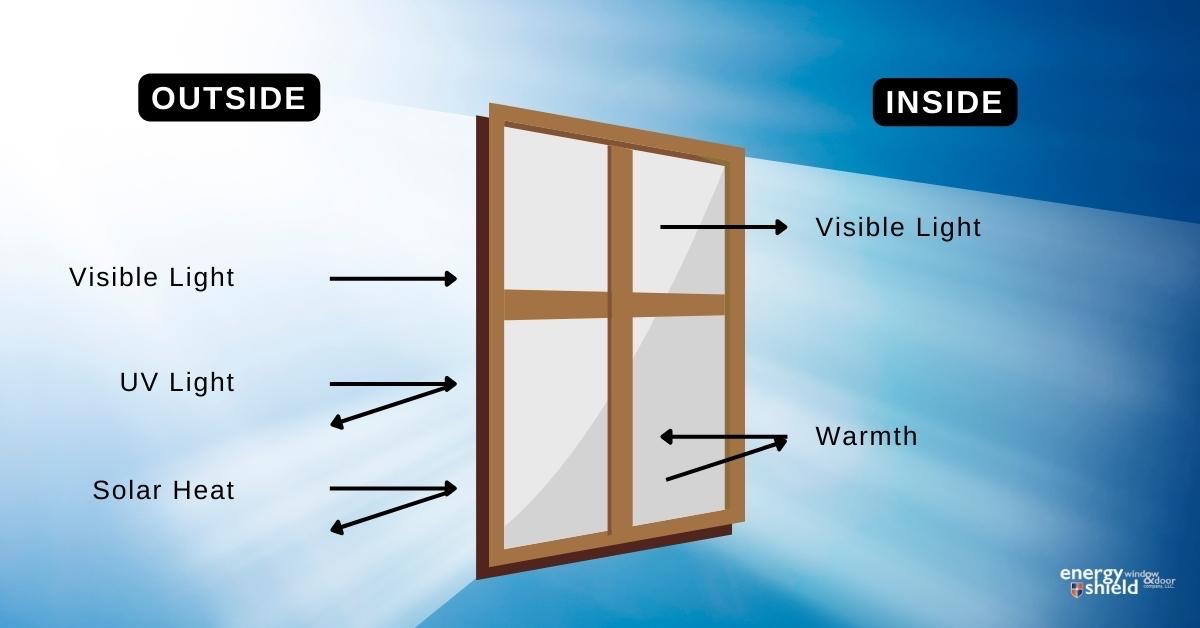
Sustainable living has become a priority for many individuals, prompting a shift towards eco-friendly choices in various aspects of our lives. One significant area where this change is evident is in home design and renovation, with a growing interest in eco-friendly flooring options. In this article, we’ll explore the benefits of such flooring choices and discuss some popular alternatives for greener homes.
Environmental Impact of Conventional Flooring
Traditional flooring materials, such as carpets and vinyl, often involve the extraction of non-renewable resources and the use of harmful chemicals in their production. These materials can contribute to deforestation, air pollution, and other environmental issues. As awareness of these concerns grows, homeowners are seeking alternatives that have a lesser impact on the planet.
Bamboo Flooring: A Sustainable Option
Bamboo flooring has gained popularity as a sustainable alternative to traditional hardwood. Bamboo is a rapidly renewable resource, making it an eco-friendly choice. Its fast growth and regenerative properties make it a more sustainable option compared to slower-growing trees used for conventional hardwood flooring. Additionally, bamboo has a unique aesthetic appeal and is durable, making it suitable for various rooms in a home.
Cork Flooring: A Natural Insulator
Cork is another eco-friendly flooring option that is derived from the bark of cork oak trees. The extraction process is sustainable, as it does not harm the trees, which continue to grow and regenerate their bark. Cork has natural insulating properties, providing a comfortable and energy-efficient flooring solution. It is also resistant to mold, mildew, and pests, making it a healthy choice for indoor environments.
Reclaimed Wood: Embracing the Beauty of Age
Reclaimed wood flooring involves using recycled wood from old buildings, barns, or other structures. This not only prevents the need for new timber but also gives a second life to wood that would otherwise be discarded. Reclaimed wood floors showcase unique character and charm, with the patina of age adding a touch of history to your living space. Choosing reclaimed wood is a sustainable way to enjoy the beauty of hardwood without contributing to deforestation.
Linoleum Flooring: Natural and Biodegradable
Linoleum is made from natural materials, including linseed oil, pine rosin, and wood flour, creating a biodegradable and environmentally friendly flooring option. Linoleum is known for its durability and easy maintenance. Unlike synthetic alternatives, linoleum does not emit harmful volatile organic compounds (VOCs) into the air, contributing to better indoor air quality.
Eco-Friendly Flooring in Action
To see the positive impact of eco-friendly flooring in action, consider incorporating these sustainable options into your home. Whether you choose bamboo, cork, reclaimed wood, or linoleum, each choice contributes to a greener and healthier living space.
In fact, many homeowners are already embracing the shift towards eco-friendly flooring. To explore more options and find the perfect sustainable flooring for your home, visit Eco-Friendly Flooring. Making informed choices about the materials used in your home not only benefits the environment but also creates a healthier and more sustainable living space for you and your family.






![Everything You Need to Know Hermes’ [Bag Name] Everything You Need to Know Hermes’ [Bag Name]](https://images.unsplash.com/photo-1507666664345-c49223375e33?fm=jpg&q=60&w=3000&ixlib=rb-4.0.3&ixid=M3wxMjA3fDB8MHxzZWFyY2h8MTN8fGhlcm1lcyUyMHBhcmlzJTIwYmFnfGVufDB8MHwwfHx8Mg%3D%3D)


